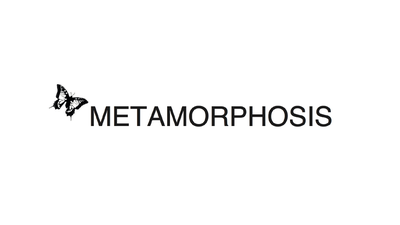Presentation about how to involve stakeholders to built child friendly cities and have real impact
DOCUMENT

Presentation about how a cycling-generation contributes to healthy, safe, and inclusive cities: How children become the centrepiece of research and policy-making.
DOCUMENT

Sustainable urban mobility is an established target of policy making and planning in Europe. It is associated with, among others, better air quality, less noise disturbance, increased safety and quality of public space. In this regard, one of the EU Commission’s main tools to achieve sustainable urban mobility, through Sustainable Urban Mobility Plans (SUMP), require the explicit integration of Monitoring and Evaluation (M&E). Yet, European cities face common barriers when it comes to materialising M&E in practice. To avoid or overcome these barriers, this paper argues for integrating Capacity Building (CB). We draw this conclusion based on experiences made during the M&E and CB of the Horizon 2020 Project ‘Metamorphosis’. We report our experiences, rating different monitoring indicators used for the evaluation of measures transforming car-oriented neighbourhoods into children-friendly neighbourhoods in seven European cities. We then give advice on how to design and integrate CB for a feasible M&E scheme.
DOCUMENT
The World Health Organization (WHO) strives to assist and inspire cities to become more ‘age-friendly’ through the Global Age-Friendly Cities Guide. An age-friendly city offers a supportive environment that enables residents to grow older actively within their families, neighbourhoods and civil society, and offers extensive opportunities for their participation in the community. In the attempts to make cities age-friendly, ageism may interact with these developments. The goal of this study was to investigate the extent to which features of age-friendly cities, both facilitators and hindrances, are visible in the city scape of the Dutch municipalities of The Hague and Zoetermeer and whether or not ageism is manifested explicitly or implicitly. A qualitative photoproduction study based on the Checklist of Essential Features of Age-Friendly Cities was conducted in five neighbourhoods. Both municipalities have a large number of visual age-friendly features, which are manifested in five domains of the WHO model, namely Communication and information; Housing; Transportation; Community support and health services; and Outdoor spaces and buildings. Age-stereotypes, both positive and negative, can be observed in the domain of Communication and information, especially in the depiction of third agers as winners. At the same time, older people and age-friendly features are very visible in the cityscapes of both municipalities, and this is a positive expression of the changing demographics. Original article at Sage: https://doi.org/10.1177/1420326X19857216
MULTIFILE

The concept of Smart Healthy Age-Friendly Environments (SHAFE) emphasises the comprehensive person-centred experience as essential to promoting living environments. SHAFE takes an interdisciplinary approach, conceptualising complete and multidisciplinary solutions for an inclusive society. From this approach, we promote participation, health, and well-being experiences by finding the best possible combinations of social, physical, and digital solutions in the community. This initiative emerged bottom-up in Europe from the dream and conviction that innovation can improve health equity, foster caring communities, and sustainable development. Smart, adaptable, and inclusive solutions can promote and support independence and autonomy throughout the lifespan, regardless of age, gender, disabilities, cultural differences, and personal choices, as well as promote happier and fairer living places.
DOCUMENT

Parental involvement is a crucial force in children’s development, learning and success at school and in life [1]. Participation, defined by the World Health Organization as ‘a person’s involvement in life situations’ [2] for children means involvement in everyday activities, such as recreational, leisure, school and household activities [3]. Several authors use the term social participation emphasising the importance of engagement in social situations [4, 5]. Children’s participation in daily life is vital for healthy development, social and physical competencies, social-emotional well-being, sense of meaning and purpose in life [6]. Through participation in different social contexts, children gather the knowledge and skills needed to interact, play, work, and live with other people [4, 7, 8]. Unfortunately, research shows that children with a physical disability are at risk of lower participation in everyday activities [9]; they participate less frequently in almost all activities compared with children without physical disabilities [10, 11], have fewer friends and often feel socially isolated [12-14]. Parents, in particular, positively influence the participation of their children with a physical disability at school, at home and in the community [15]. They undertake many actions to improve their child’s participation in daily life [15, 16]. However, little information is available about what parents of children with a physical disability do to enable their child’s participation, what they come across and what kind of needs they have. The overall aim of this thesis was to investigate parents’ actions, challenges, and needs while enhancing the participation of their school-aged child with a physical disability. In order to achieve this aim, two steps have been made. In the first step, the literature has been examined to explore the topic of this thesis (actions, challenges and needs) and to clarify definitions for the concepts of participation and social participation. Second, for the purposes of giving breadth and depth of understanding of the topic of this thesis a mixed methods approach using three different empirical research methods [17-19], was applied to gather information from parents regarding their actions, challenges and needs.
DOCUMENT
